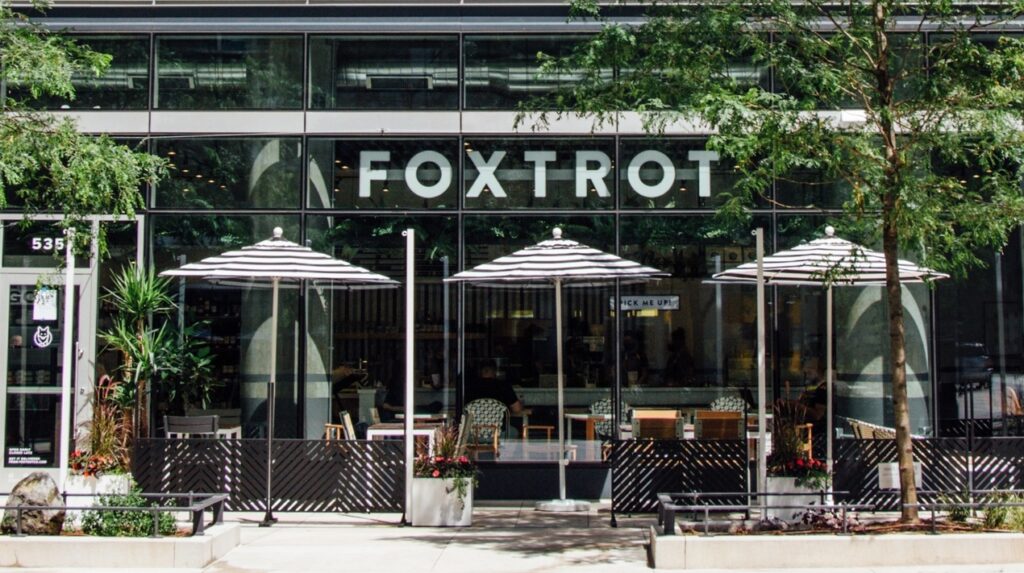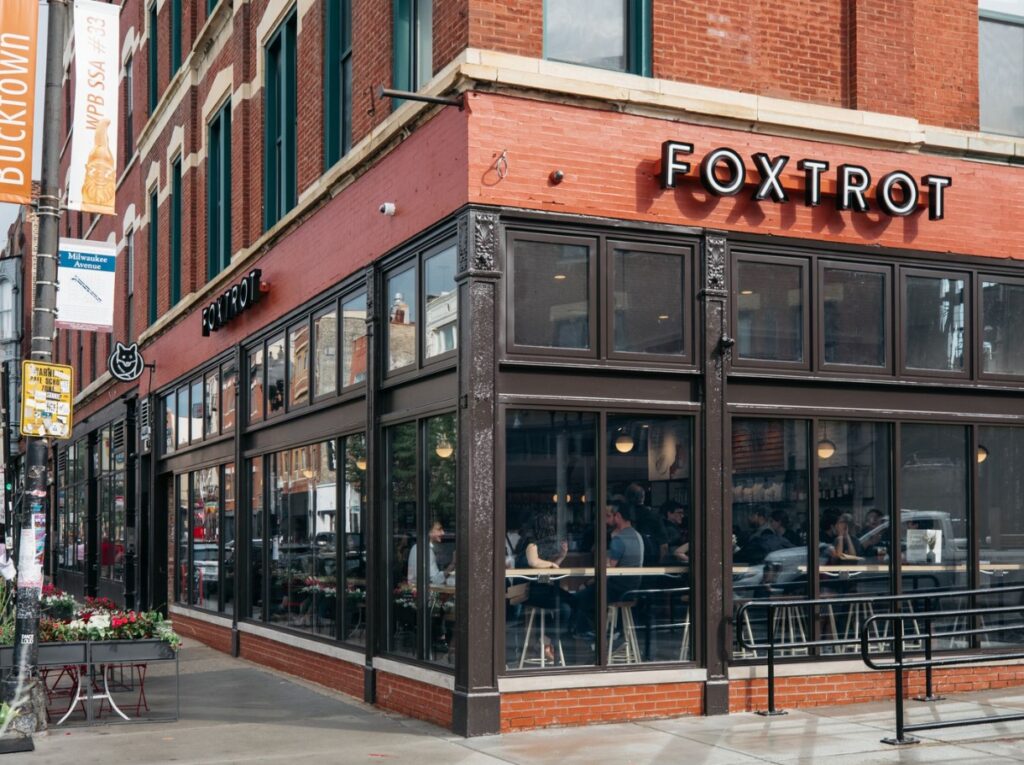The journey of any startup is full of highs and lows, but some stories stand out as major case studies in entrepreneurship. One such example is Foxtrot, a Chicago-based convenience store chain that started strong, only to face sudden closure before a surprising revival. In this article, we’ll dive into Foxtrot’s rise, fall, and the critical lessons every entrepreneur can learn from its business journey.
The Rise of Foxtrot: A Promising Startup
Foxtrot began as a modern, tech-savvy convenience store that positioned itself as more than just a place to grab snacks. It filled a unique niche by combining artisanal and local products with the convenience of online ordering and delivery. Its trendy, upscale offerings appealed to younger, urban customers who were willing to pay a premium for quality and experience.
From its inception, Foxtrot seemed to check all the boxes for startup success. The business experienced rapid growth, earning it recognition from industry observers. But, as we’ll see, not all that glitters is gold.

Foxtrot’s Strategy: The Pursuit of Innovation
Foxtrot didn’t just settle into the status quo. The company prided itself on being an innovator in the convenience store space, focusing on local and artisanal brands to distinguish itself from traditional chains. This strategy helped Foxtrot build a loyal customer base, but it also fueled its ambitions for expansion.
In late 2023, Foxtrot acquired Dom’s Kitchen & Market, a move designed to push the brand into new markets and expand its reach. The acquisition was expected to be a game-changer. However, beneath the surface, cracks were starting to show.
The Turning Point: Leadership Challenges and Internal Struggles
One of the biggest challenges that Foxtrot faced was instability in its leadership. The company went through two CEOs in less than a year—an alarming red flag for any business. With leadership constantly in flux, the company struggled to maintain a cohesive vision.
Foxtrot’s new direction began to stray from its original focus on local and artisanal products, leaning more toward typical national brands. This shift alienated some of its core customers, who had come to love the brand for its unique, community-driven offerings.

The Fall: The Sudden Shutdown
In April 2024, Foxtrot shocked the retail world by abruptly shutting down. The company declared bankruptcy, leaving employees and customers blindsided. The sudden closure came just months after it had been listed as one of the top brands to watch for future growth.
This rapid downfall illustrates just how quickly a business can fall apart when internal issues aren’t addressed.
The Lessons: What Went Wrong with Foxtrot
What exactly caused Foxtrot’s collapse? Here are a few key takeaways:
- Overexpansion: Foxtrot expanded too quickly, particularly after its acquisition of Dom’s Kitchen & Market. While growth is essential for any business, it must be sustainable and carefully planned.
- Leadership Instability: Constant CEO changes disrupted the company’s vision and strategy. Leadership changes, especially in a growing business, can create confusion and misalign company goals.
- Losing Brand Identity: Foxtrot moved away from what made it special—its focus on local, artisanal goods. As a result, it lost its core audience and the strong brand identity that had set it apart.
The Resurrection: A Second Chance for Foxtrot
Despite its failure, Foxtrot has been given a second life. Thanks to a new investor, several of the company’s assets were acquired, allowing it to reopen some locations. Foxtrot co-founder Mike LaVitola and his team are now focused on bringing the brand back to its roots.
With a more measured approach, Foxtrot has reduced its product offerings to around 2,500 SKUs, simplifying its operations and allowing the company to reconnect with its vendors. The team is also working to restore the brand’s identity by focusing on storytelling and staff education—ensuring employees can passionately talk about the products they sell.

Key Takeaways for Startups
Foxtrot’s journey offers essential insights for startup founders looking to build and sustain successful businesses:
- Prioritize Strong Leadership: Consistent, decisive leadership is key to maintaining a clear vision. Leadership instability can lead to confusion and derail your company’s direction.
- Stay True to Your Brand Identity: Don’t lose sight of what makes your brand unique. Foxtrot’s deviation from its original niche led to the alienation of its loyal customers. Authenticity and consistency are vital for long-term success.
- Plan for Sustainable Growth: Scaling too quickly without a solid foundation can backfire. Ensure your expansion is backed by careful planning and operational capacity to avoid overextending your resources.
- Adapt but Don’t Overcompromise: While it’s important to evolve, drastic changes that contradict your core values can do more harm than good. Strike a balance between innovation and staying true to your company’s ethos.
- Keep Your Focus: As tempting as it is to diversify, it’s crucial to maintain focus on what your business does best. Diversification without careful thought can dilute your brand and confuse your audience.
Conclusion
Foxtrot’s story is a fascinating case study in both success and failure. It highlights the importance of strong leadership, staying true to your brand, and being cautious with growth. While the company may have faltered, its resurrection offers hope that businesses can learn from their mistakes and come back even stronger. Entrepreneurs should take note: success isn’t just about rising fast; it’s about sustaining that rise for the long haul.
FAQs
1. What made Foxtrot stand out initially?
Foxtrot differentiated itself by offering a curated selection of local and artisanal products, combined with convenience and online delivery options.
2. How did leadership changes affect Foxtrot’s downfall?
Frequent CEO changes led to inconsistent direction, which confused the company’s vision and weakened its internal operations.
3. What can startups learn from Foxtrot’s mistakes?
Startups should focus on sustainable growth, maintaining strong leadership, and sticking to their brand identity to avoid pitfalls like overexpansion and internal confusion.
4. Why is brand identity so crucial for business success?
Brand identity helps businesses stand out from competitors and builds customer loyalty. Losing that identity can alienate your core audience.
5. Is Foxtrot likely to succeed in its second attempt?
Foxtrot’s renewed focus on its roots and operational improvements gives it a good chance at success, but only time will tell if the company can fully rebound.


Leave a Reply